Xinhua News Agency Focuses On: "Reading" Yangpu's Past, Present, and Future Together February 19,2025
On February 19th, Xinhua News Agency's "Reading the City" column focused on our district, showcasing the "new" and "old" interwoven features of this vibrant land. It narrated the striving story of our district practicing the People's City concept and forging new paths through choices and trade-offs, and looked forward to the future chapters of building future industries and enhancing residents' happiness here. Let's read the full text together!
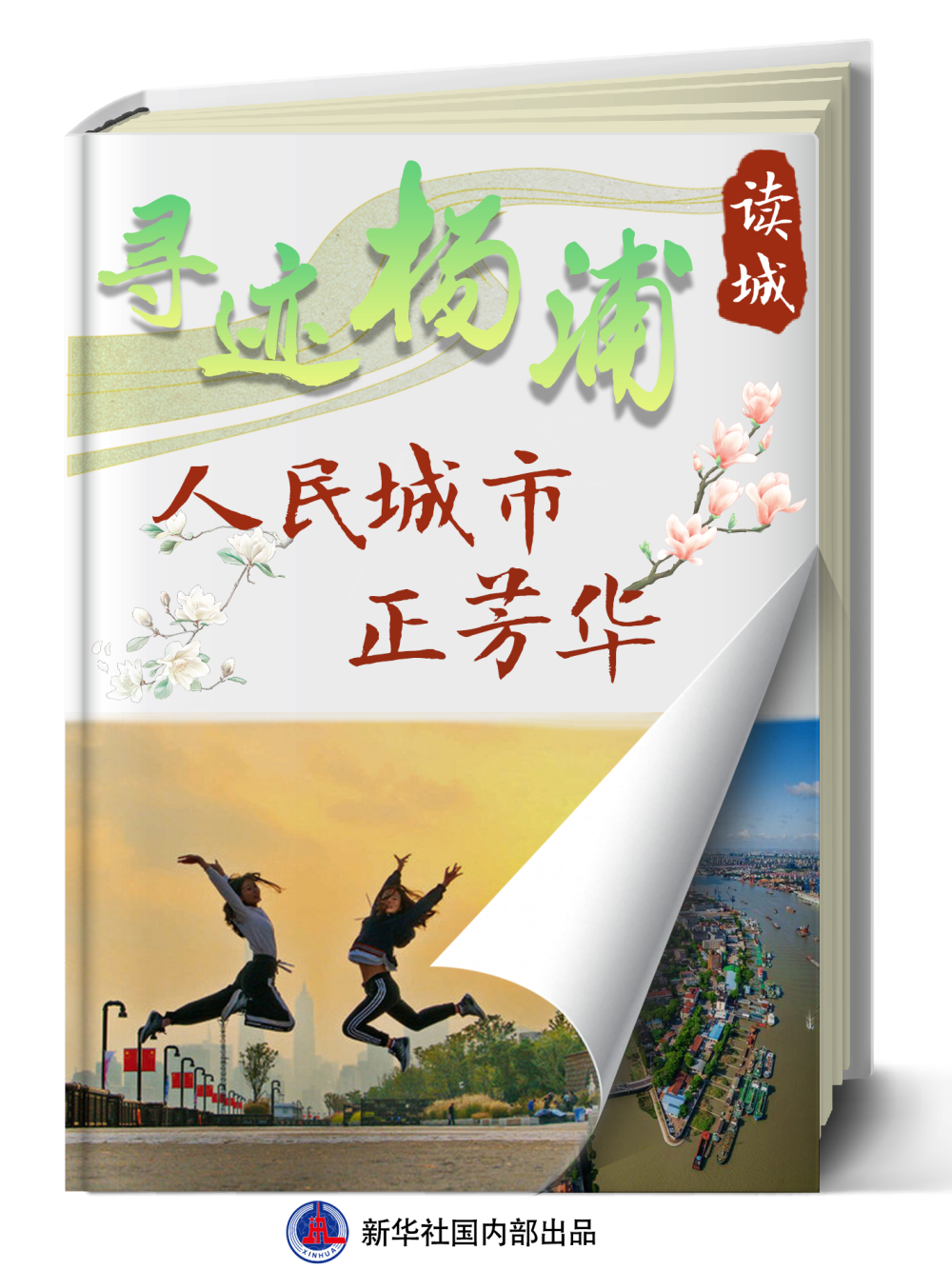
Seeking the Footprints of Yangpu: The People's City is in Full Bloom
It is the "oldest" section of the Huangpu River, dotted with century-old factories and warehouses, once home to hundreds of thousands of industrial workers. Today, it is brimming with the "Youngest" vitality, ranking first among the central districts of Shanghai in the number of specialized and sophisticated enterprises that produce new and unique products. It is the most populous central district in Shanghai, filled with the charm of the "People's City" in its alleyways... It is " Greater Yangpu" in the hearts of Shanghai people.
In 2019, during his inspection in Shanghai, General Secretary Xi Jinping first proposed the concept of "The People's City is built by the people, and the People's City is for the people." In 2024, when replying to a letter from all comrades of the " Old Poplar Tree Speakers Group " in Yangpu District, Shanghai, the General Secretary re-emphasized this concept.
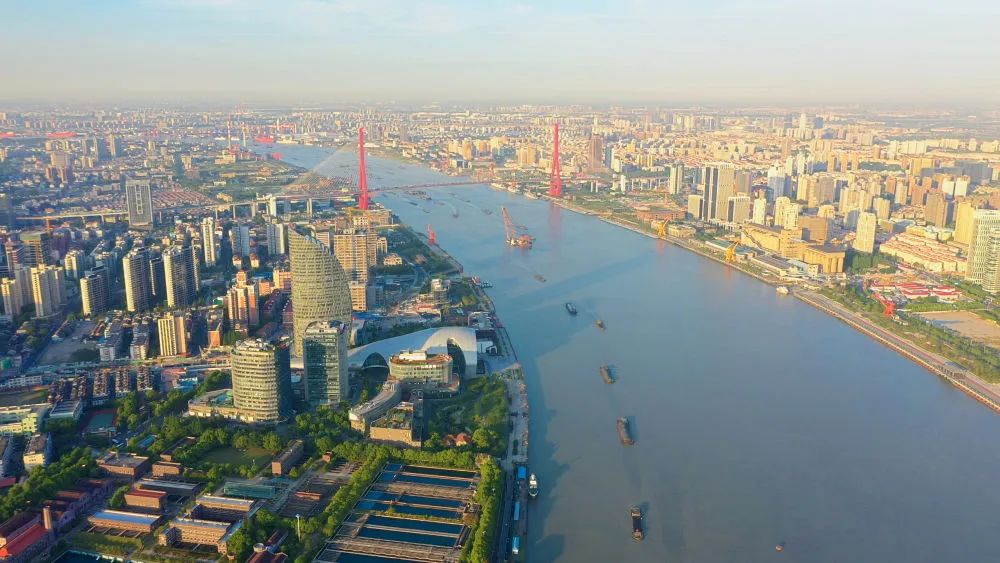
Yangpu is both a district name and a river name. Yangshupu Port, one of the tributaries of the Huangpu River, stretches 4.5 kilometers from northwest to southeast, nurturing this land. Convenient water transportation helped it become one of the birthplaces of modern national industry. Hundreds of thousands of industrial workers created more than ten "firsts" in China's national industry, including the first waterworks and the first power plant.
In its heyday, the entire district had as many as 600,000 industrial workers, and the machines roared all day long when work started.
Along the Yangpu Riverside, the Shanghai Shipyard site witnesses the changes. Here, the first 800-ton floating dock of New China, the first exported 10,000-ton ship "Shaoxing," and the first semi-submersible drilling platform "Exploration No. 3" were built...
Ge Jun, former Deputy Chief Economist of the Shipyard, entered Shanghai Shipyard at the age of 17, where his grandfather and father had also worked, making him a genuine "third-generation shipbuilder." Ge Jun, who rose from a basic repair electrician to business manager, takes immense pride in Shanghai Shipyard's unprecedented achievement. From 1949 to 1992, the shipyard, which specialized in both shipbuilding and repair, maintained the top national ranking in ship repair for more than 40 consecutive years.
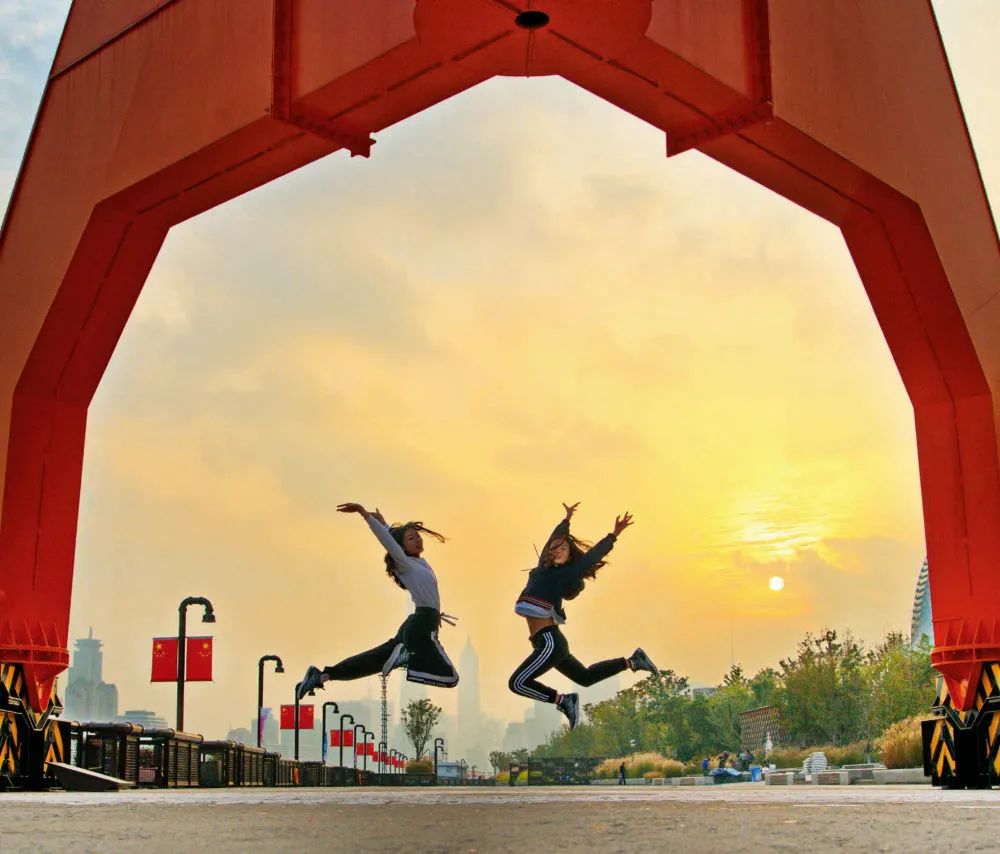
The "dare to be the first in the world" worker spirit is engraved in the genes of every generation of Yangpu people. Well-known brands such as "Forever" and "Phoenix" bicycles, and "Shanghai Brand" watches were all nurtured and born here – "Industrial Yangpu" is well-deserved.
The tide of the times is surging forward, and industries are facing the challenges of transformation and upgrading. Yangpu people assess the situation and recognize: only reform, and forging new paths through choices and trade-offs, can open up a new world.
Build Yangpu Knowledge and Innovation Zone!
Home to universities such as Fudan University, Tongji University, and Shanghai University of Finance and Economics, Yangpu established three principles: to prioritize allocating prime land for university expansion, to forgo commercial and real estate projects in favor of building university science parks, and to dedicate manpower and resources to enhancing the entrepreneurial environment.
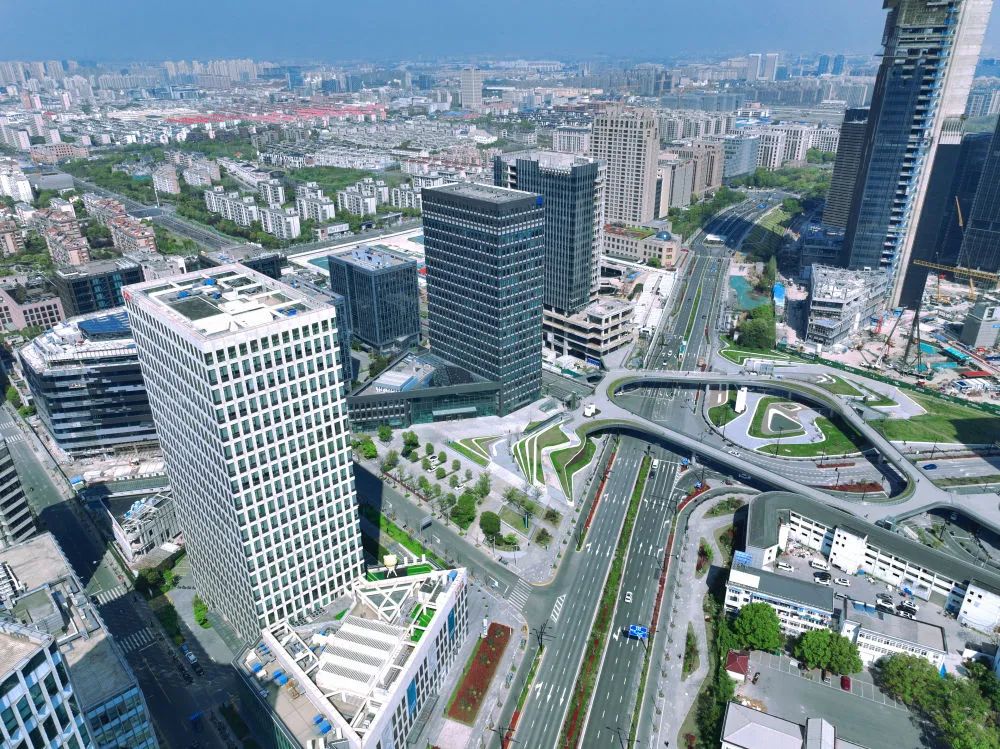
These "three willingnesses" provide "endurance" for the innovation of 180,000 young students and even entrepreneurs across the country. Today, 7 national-level university science parks have taken root in Yangpu, accounting for half of the total in Shanghai.
A telling anecdote is still fondly recounted: in 2016, the site at No. 8 Jinian Road in Yangpu District faced a critical transformation choice. Despite the significant temptation to develop office buildings, the managers opted to transform this prime location into a low-density university science park. Today, the annual output value of the National University Science Park of Shanghai University of Finance and Economics, covering 100,000 square meters, has reached 10 billion yuan. Low-density buildings have been exchanged for high-intensity innovation.
From "Industrial Yangpu" to "Knowledge Yangpu" and then to "Innovative Yangpu," the people of Yangpu have remained steadfast in their original aspiration: "to create an exceptional space even within limited confines"—to build, regardless of constraints, a stage for people's innovation and creation.
Even today, as future industries continue to emerge, the people of Yangpu still rely on their pioneering spirit. A drone carrying milk tea flies over the elevated road, delivering it fresh and warm to consumers in just eight minutes; this is where the burgeoning low-altitude economy is taking flight. Behind this success lies the district-level department proactively coordinating with more than a dozen units, all working diligently to support and ensure the implementation of this innovative idea.
On the voyage of innovation, everyone contributes, and there are no bystanders. "Attracting new industries to come from near and far requires cherishing every 'whimsical idea' and escorting their implementation," said Li Zhengming, Director of the District Science and Technology and Economic Commission.
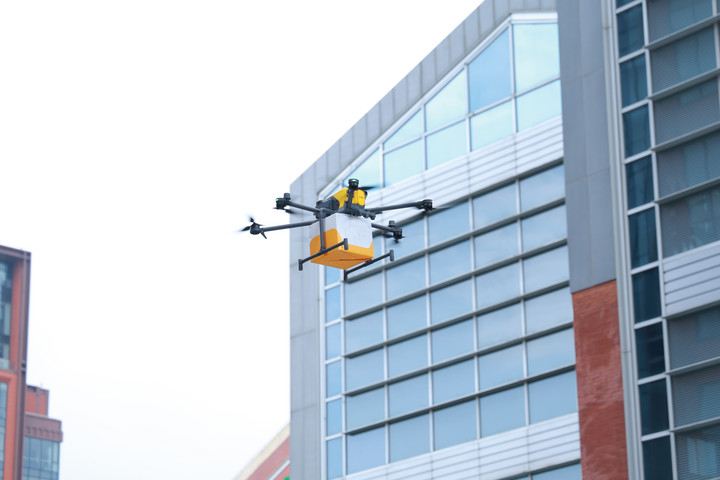
By considering the broader context, one can better understand the profound implications of choices and trade-offs. In 2024, the revenue scale of Yangpu's software and information service industry accounted for about one-fifth of the city's total. In the past year, the number of digital economy enterprises increased by more than 1,000 to more than 8,000. Due to the good entrepreneurial and business environment and high-quality talent supply, internet "giants" such as Douyin and Meituan have gathered here without prior consultation, and Yangshupu has transformed into Yang "Digital" Yangpu.
From a machine-roaring industrial base to a high ground for mass innovation, it is vibrant and dynamic as ever.
It's said that young people aged 18 to 35 make up one in four permanent residents in Yangpu. A little-known fact is that bilibili and Dewu, important platforms for youth aggregation, are both located in Yangpu. Vibrant "Young Yangpu" has become an important label for Yangpu.
People contribute to the city, and the city also leaves the best resources and core space to the people.
Yangpu Riverside, often called the “Long Corridor of Modern Chinese Industrial Civilization”, was once densely packed with factories, obscuring the river from view despite its proximity. Today, this industrial heritage has been transformed into an exposition belt, and the riverside shoreline has become a vibrant living shoreline dominated by parks, green spaces, and open spaces, fully integrated into the daily lives of residents.
Two rows of twelve two-story buildings, featuring golden arches, plain walls, and red tiles, are arranged in order. This is Yangpu's "Two Ten Thousand Households" historical residential area – 228 Neighborhood, which preserves the collective memory of the workers' new villages in the early days of the founding of New China.

This place once held a special place in the hearts of industrial workers as their home. As time passed, the pride of bright and clean windows was gradually replaced by the embarrassment of shared kitchens and bathrooms and cramped spaces. "
During the renewal of 228 Neighborhood, we distributed thousands of questionnaires. We build whatever residents need," said Sun Hui, Secretary of the Party Working Committee of Changbai New Village Street where 228 Neighborhood is located.
No matter how big the city is, it must have fine details that accommodate "soybean milk and fried dough sticks." In 2015, 228 Neighborhood was listed as one of the first demonstration projects for urban renewal in Shanghai, focusing on building a "15-minute community life circle" demonstration benchmark project around "clothing, food, housing, and transportation."
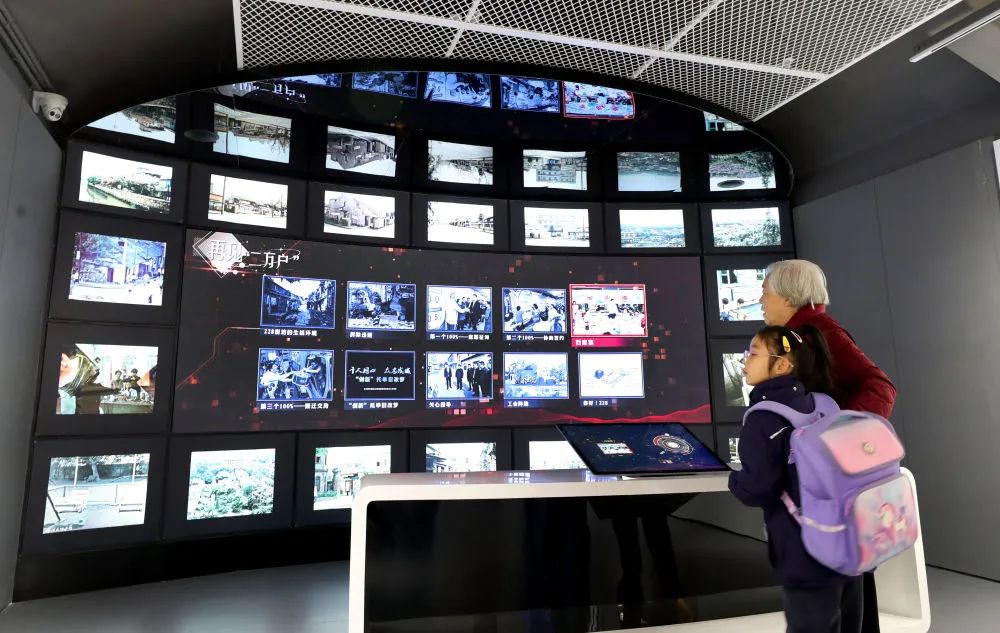
"In the past, we and our neighbors reclaimed wasteland to grow vegetables. Now, vegetable plots have become lawns, and old houses have become new homes. 228 Neighborhood is 'Yangpu Xintiandi' around us," said citizen Ju Chunying.
Residents in old city areas bid farewell to the "snail-like" life of "carrying chamber pots." Residents living in old buildings welcomed the installation of elevators. "Happy elderly care" comprehensively covers "silver-haired" needs such as meal assistance, accompanying visits to doctors, and health care. White-collar workers who go to work every day can enjoy high-quality breakfasts that are different every day. The "15-minute community life circle" realizes happiness at the doorstep... In urban renewal, the happiness of ordinary people is within reach.
Thus, a "Greater Yangpu" that intertwines "old" and "new" has emerged. The sound of keyboards comes from old factories, and future industries are being built in industrial heritage sites. In the gyms of workers' new villages, uncles jog slowly during the day, and white-collar workers are busy exercising at night... History stops here, and the future continues from here.
At the turn of the year, Fuxing Island in Yangpu, the only closed inland island on the Huangpu River, welcomed a new batch of builders. With the vision of "quantum city spacetime innovation," they want to turn this place into a city of the future, a "digital island," a "design island," and a "people's island."
When people aspire to it, the city will surely prosper. Overlooking from the air, the Huangpu River outlines a "bent bow" in the Yangpu section. The people are always the "archers" who create and own the future.